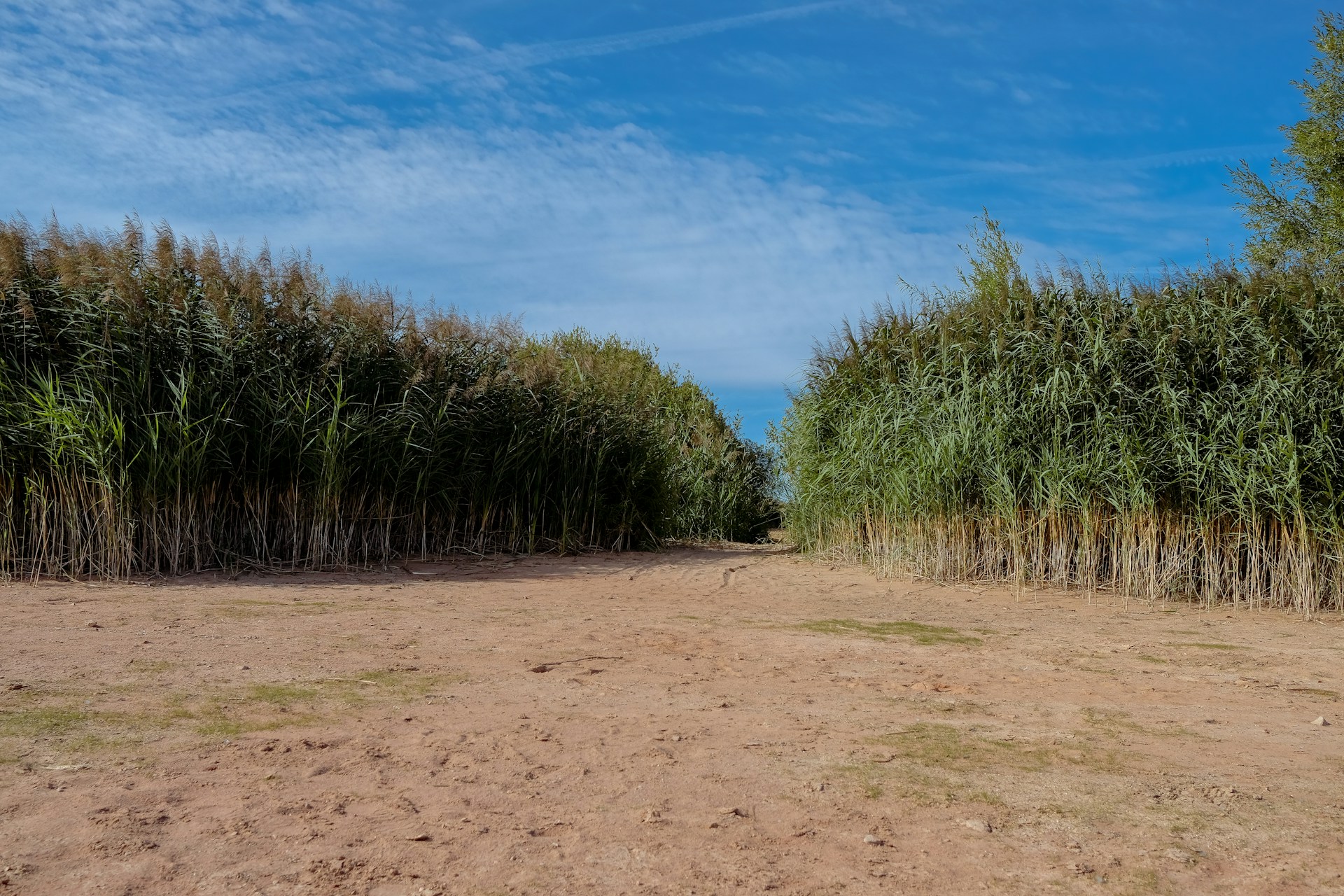As the dry season approaches in Indonesia, the Meteorology, Climatology, and Geophysics Agency (BMKG) has issued a call to action. BMKG urges ministries, local governments, relevant institutions, and the general public to prepare for potential impacts, especially in regions expecting drier conditions than usual. These areas face an increased risk of meteorological drought, forest and land fires, and water shortages.

Impact of the Dry Season on Crop Production
During the dry season, you may face specific challenges that can significantly impact critical crops such as palm oil, coffee, sugarcane, and other large plantations. These challenges include water scarcity, increased risk of crop failure, and heightened susceptibility to pests and diseases. The dry season can also lead to decreased yields and productivity, posing economic hardships for agribusiness and affecting global supply chains.
Decreased Crop Production
Crops like rice, corn, and soybeans require significant water for growth. Low rainfall and dry soil make it difficult for these plants to thrive, leading to reduced yields. This reduction has the potential to cause food shortages and increase prices, affecting the economy and food security.
Increased Crop Damage by Pests and Disease
Water-stressed plants become more susceptible to pest and disease attacks. This increased vulnerability can lead to substantial losses, exacerbating your economic challenges.
Loss of Water Resources
Rivers and lakes often dry up during the dry season, leading to irrigation problems. As you rely on these water sources, keeping your crops alive becomes a struggle, further jeopardizing your livelihood.
Food Crisis
Food security during the dry season remains at risk. The combined effects of decreased crop production, rising food prices, and limited access to food supplies can lead to hunger and malnutrition, particularly in the hardest-hit areas.
Technological Innovations in Agriculture to Combat the Impact of Dry Season Farming
Addressing the challenges you face in agriculture, the implementation of digitalization plays a vital role in providing essential support. One of the most promising and innovative solutions in this context is the utilization of agricultural drones. These advanced aerial tools are capable of performing a wide array of tasks spanning from upstream to downstream activities within the agricultural sector. Particularly noteworthy is their capacity to provide crucial assistance during the dry season, thereby significantly enhancing operational efficiency and agricultural output.
Interval or Regular Spraying
Maintaining a regular spraying schedule with drones is essential for effective pest control. The frequency of spraying depends on three main factors: crop type, pest threats, and the chosen pesticide. For example, vegetables typically require more frequent spraying than fruit trees due to their higher susceptibility to pests.
The life cycle of pests also influences spraying intervals. Some pests necessitate multiple applications to target different developmental stages. Moreover, the residual effect of the pesticide—how long it remains active—dictates the interval between applications. Crops facing aggressive pest threats might need spraying every few days, whereas more resilient crops may only require it every few weeks.
Continuous Monitoring
Regular drone flights for assessing crop health are essential to maintaining effective spraying schedules. These flights, conducted between scheduled spraying missions, serve several critical functions:
Early Detection
High-resolution camera inspections can identify signs of pest infestations early, such as discoloration, wilting, or insect activity. Early detection allows for proactive spraying, preventing significant damage by controlling pest populations before they become severe.
Targeted Spraying
Drone data can identify specific areas within a field that need targeted spraying, reducing unnecessary pesticide use and costs.
Effectiveness Monitoring
Comparing drone imagery before and after spraying helps you monitor pesticide effectiveness and adjust spraying schedules as needed.
Conclusion
The dry season in Indonesia presents significant risks to the agricultural sector. However, proactive measures and the integration of technology can help manage these challenges. Agricultural drones are a powerful tool in this effort, offering precise and efficient solutions for pest control and crop monitoring. By embracing these innovations, you can alleviate the impacts of the dry season, leading to better crop yields and improved food security.

